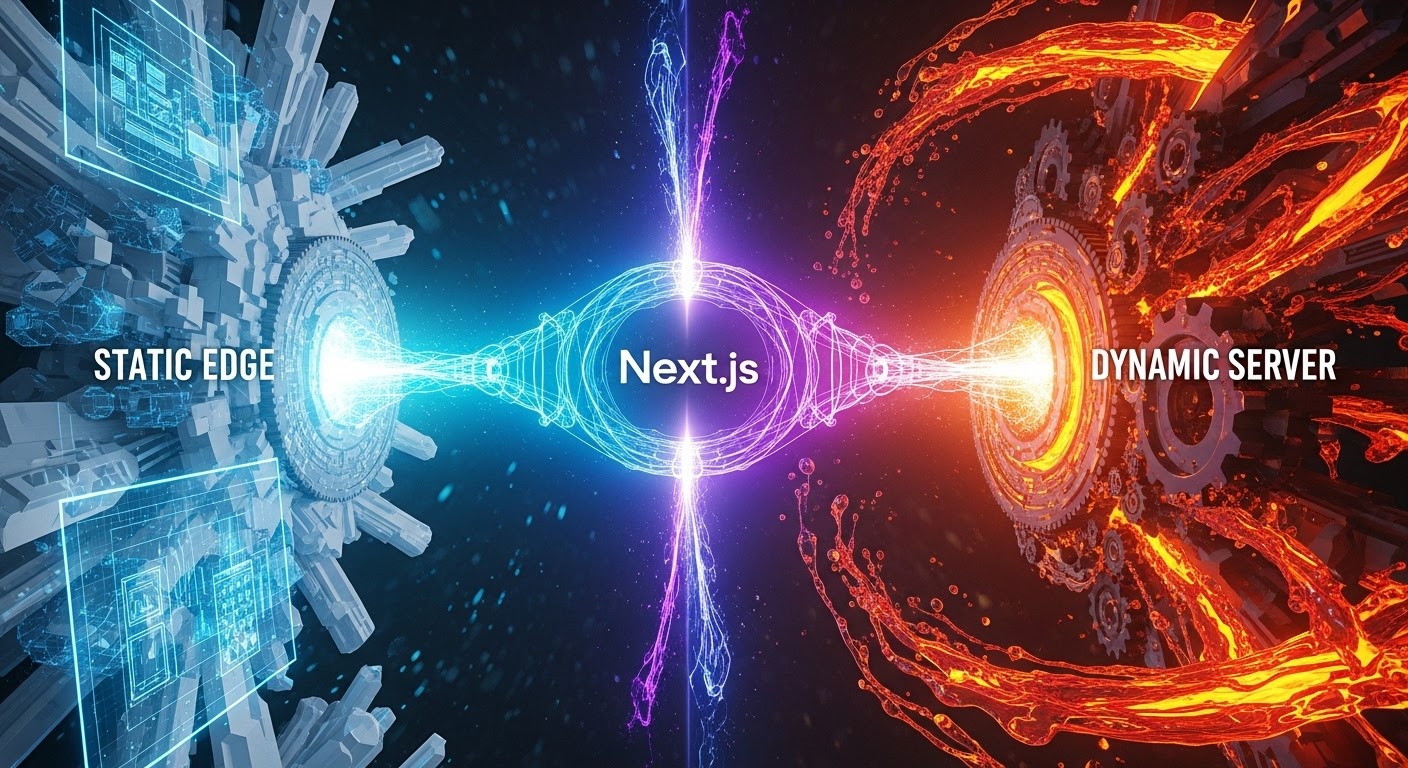Search This Blog
Welcome to Financially Free, your guide to taking control of your money. Learn to budget, pay off debt, and invest wisely. We provide practical advice and simple strategies to help you build wealth and achieve true financial independence. It's time to live life on your terms.
Axos ONE
Featured
Minecraft in Education: How the Beloved Game is Revolutionizing U.S. Classrooms
Minecraft in Education: How the Beloved Game is Revolutionizing U.S. Classrooms
Introduction
What if one of the world’s most popular video games could turn students into eager historians, engineers, and problem-solvers? Enter Minecraft in Education, a game-based learning phenomenon sweeping U.S. classrooms. With over 35 million licensed users globally, Minecraft: Education Edition has evolved from a block-building sandbox into a dynamic educational tool, fostering creativity, critical thinking, and 21st-century skills. In this deep dive, we’ll explore how educators are leveraging Minecraft to engage students, enhance STEM curricula, and prepare learners for the future—all while making education fun.1. What is Minecraft: Education Edition?
Minecraft: Education Edition is a specialized version of the iconic sandbox game, tailored for classroom use. Launched in 2016 through a collaboration between Microsoft and educators, it includes features like:
Classroom Mode: Teachers manage in-game settings, communicate with students, and monitor progress.
Lesson Plans: Over 600 standards-aligned lessons in subjects like math, science, and history.
Collaboration Tools: Multiplayer worlds where students work together on projects.
Code Builder: Integrates coding platforms like Tynker and MakeCode to teach programming.
Unlike the commercial version, Minecraft: Education Edition emphasizes learning outcomes, offering secure environments and curriculum resources for K-12 schools.
2. The Benefits of Minecraft in Education
Why are U.S. schools embracing Minecraft? Here’s how it enhances learning:
A. Creativity & Imagination
Students build anything from ancient civilizations to futuristic cities, blending art and engineering. For example, a Maryland middle school recreated D.C. landmarks to explore architecture and civic design.
B. Critical Thinking & Problem-Solving
Survival mode challenges students to gather resources and solve logistical puzzles, while coding activities teach computational thinking.
C. Collaboration & Communication
Team projects require negotiation and division of labor, mirroring real-world teamwork. A Texas school used Minecraft to simulate a sustainable city, with students role-playing as mayors and engineers.
D. Engagement & Motivation
Game-based learning increases retention. A 2022 study found 67% of teachers reported higher participation in Minecraft-integrated lessons.
3. Real-World Applications in U.S. Classrooms
From rural towns to urban districts, Minecraft is making waves:
New York City’s Climate Action Project: Students designed green cities to combat climate change, aligning with Next Generation Science Standards.
Chicago Public Schools’ History Lessons: Classes rebuilt the 1893 World’s Fair to explore industrialization and innovation.
California’s Coding Initiative: Over 50 schools use Code Builder to teach Python and JavaScript through in-game tasks.
4. Minecraft for STEM Learning
STEM education thrives in Minecraft’s interactive environments:
Chemistry: The Chemistry Update lets students create compounds and simulate reactions.
Engineering: Redstone circuits teach electrical engineering basics.
Space Exploration: NASA partnered with Minecraft to create a Mars colony module.
Microsoft’s MakeCode integration also bridges gaming and robotics, allowing students to program drones and robots using Minecraft coding skills.
5. Building Social-Emotional Skills
Beyond academics, Minecraft fosters SEL (Social-Emotional Learning):
Empathy: Recreating historical events, like the Underground Railroad, helps students understand diverse perspectives.
Resilience: Trial-and-error gameplay teaches perseverance.
Digital Citizenship: Students learn online safety and ethical collaboration.
6. Getting Started with Minecraft: Education Edition
Ready to bring Minecraft to your classroom? Follow these steps:
Check Requirements: Compatible with Windows, Mac, iPad, and Chromebook.
Secure Licenses: Many U.S. schools qualify for free or discounted licenses via Microsoft’s education programs.
Explore Resources: Use Minecraft’s Training Portal for webinars and starter lessons.
Start Small: Try a 1-hour coding activity or history build.
7. Challenges & Solutions
While Minecraft offers immense potential, educators face hurdles:
Screen Time Concerns: Balance gameplay with offline reflection and discussion.
Technical Barriers: Ensure IT infrastructure supports multiplayer modes.
Curriculum Alignment: Use pre-built lessons to save time.
8. The Future of Minecraft in Education
Expect innovations like VR/AR integration, AI-driven tutorials, and expanded humanities content. With the rise of the metaverse, Minecraft could become a cornerstone of immersive learning.
Conclusion
Minecraft in Education isn’t just a trend—it’s a pedagogical revolution. By meeting students where they are (in a digital world they love), educators are unlocking creativity, collaboration, and curiosity. Whether you’re teaching geometry or climate science, Minecraft: Education Edition offers tools to make learning unforgettable.Call to Action:
Have you used Minecraft in your classroom? Share your story in the comments below! For lesson plans and free trials, visit Minecraft: Education Edition.- Get link
- X
- Other Apps
Popular Posts
Next.js Partial Prerendering: The End of the Static vs. Dynamic Trade-off
- Get link
- X
- Other Apps
Gemini 3 is Here: The AI That Finally "Reads the Room"
- Get link
- X
- Other Apps





Comments
Post a Comment